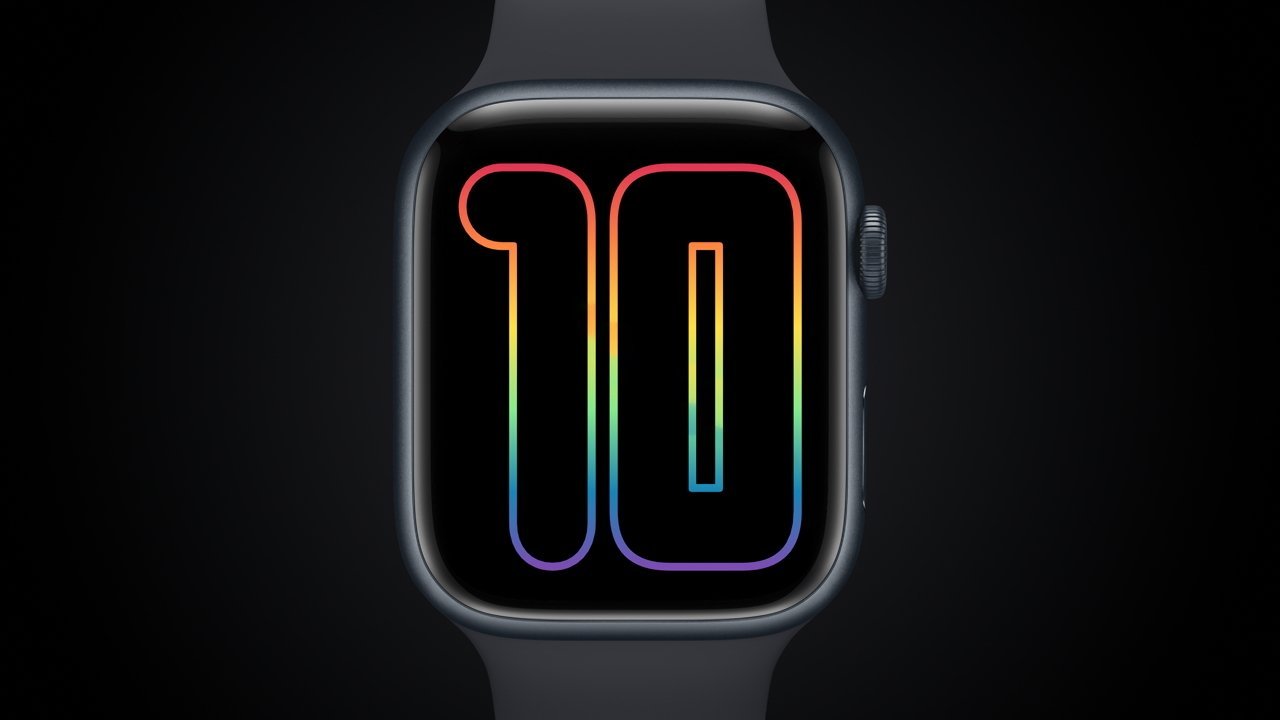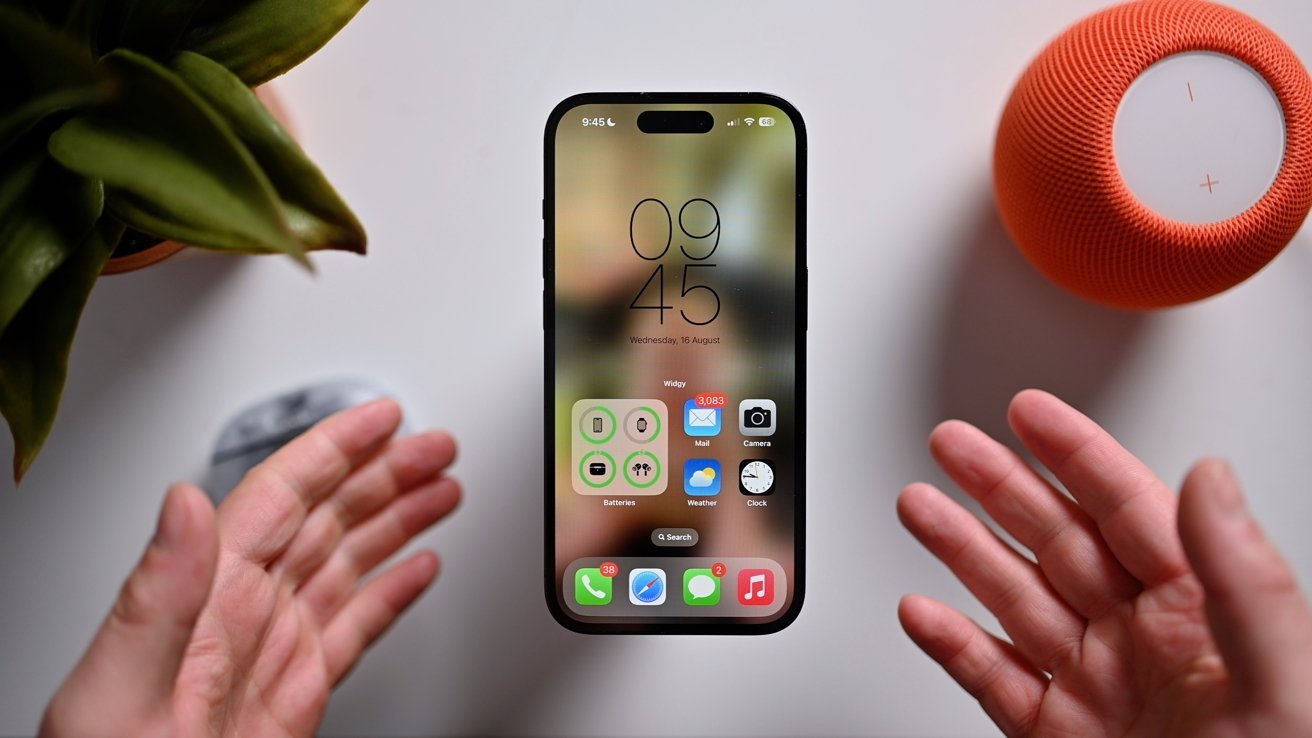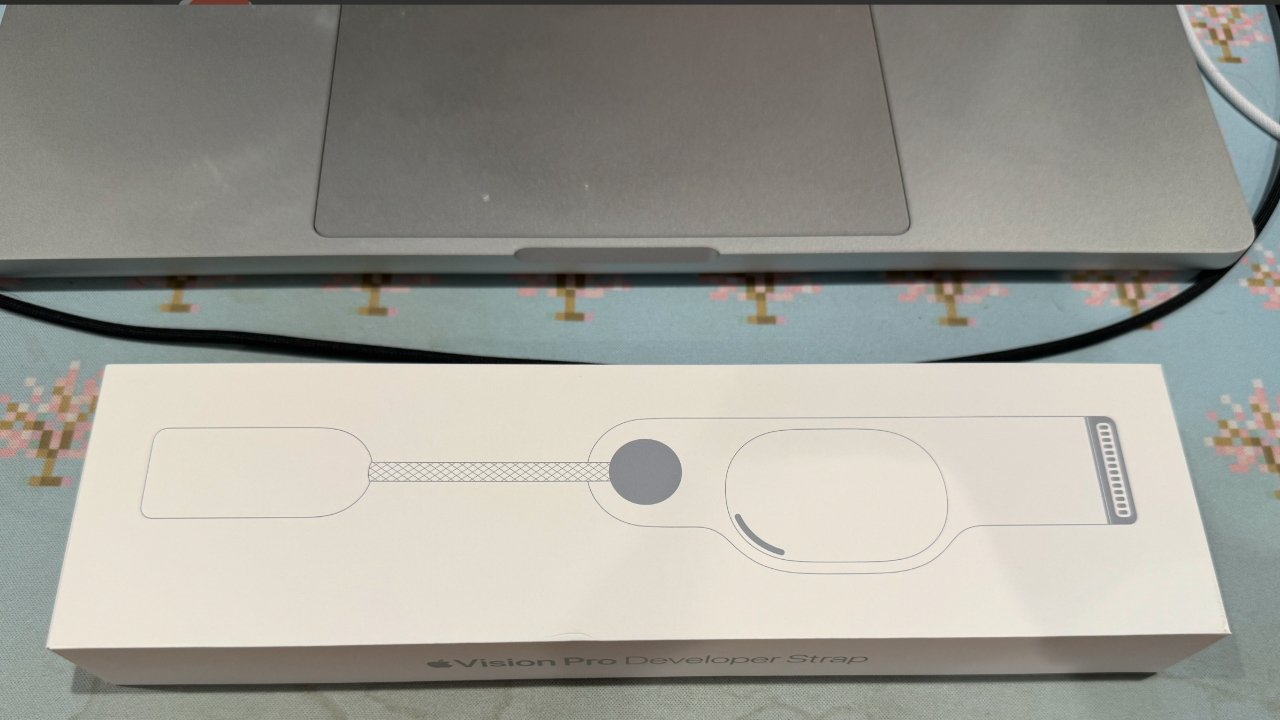Hackers use ransomware to go after every industry, charging as much money as they can to return access to a victim’s files. It’s a lucrative business to be in. In the first six months of 2023, ransomware gangs bilked $449 million from their targets, even though most governments advise against paying ransoms. Increasingly, security professionals are coming together with law enforcement to provide free decryption tools — freeing locked files and eliminating the temptation for victims to pony up.
There are a couple main ways that ransomware decryptors go about coming up with tools: reverse engineering for mistakes, working with law enforcement and gathering publicly available encryption keys. The length of the process varies depending on how complex the code is, but it usually requires information on the encrypted files, unencrypted versions of the files and server information from the hacking group. “Just having the output encrypted file is usually useless. You need the sample itself, the executable file,” said Jakub Kroustek, malware research director at antivirus business Avast. It’s not easy, but does pay dividends to the impacted victims when it works.
First, we have to understand how encryption works. For a very basic example, let’s say a piece of data might have started as a cognizable sentence, but appears like “J qsfgfs dbut up epht” once it’s been encrypted. If we know that one of the unencrypted words in “J qsfgfs dbut up epht” is supposed to be “cats,” we can start to determine what pattern was applied to the original text to get the encrypted result. In this case, it’s just the standard English alphabet with each letter moved forward one place: A becomes B, B becomes C, and “I prefer cats to dogs” becomes the string of nonsense above. It’s much more complex for the sorts of encryption used by ransomware gangs, but the principle remains the same. The pattern of encryption is also known as the ‘key’, and by deducing the key, researchers can create a tool that can decrypt the files.
Some forms of encryption, like the Advanced Encryption Standard of 128, 192 or 256 bit keys, are virtually unbreakable. At its most advanced level, bits of unencrypted “plaintext” data, divided into chunks called “blocks,” are put through 14 rounds of transformation, and then output in their encrypted — or “ciphertext” — form. “We don’t have the quantum computing technology yet that can break encryption technology,” said Jon Clay, vice president of threat intelligence at security software company Trend Micro. But luckily for victims, hackers don’t always use strong methods like AES to encrypt files.
While some cryptographic schemes are virtually uncrackable it’s a difficult science to perfect, and inexperienced hackers will likely make mistakes. If the hackers don’t apply a standard scheme, like AES, and instead opt to build their own, the researchers can then dig around for errors. Why would they do this? Mostly ego. “They want to do something themselves because they like it or they think it’s better for speed purposes,” Jornt van der Wiel, a cybersecurity researcher at Kaspersky, said.
For example, here’s how Kaspersky decrypted the Yanluowang ransomware strain. It was a targeted strain aimed at specific companies, with an unknown list of victims. Yanluowang used the Sosemanuk stream cipher to encrypt data: a free-for-use process that encrypts the plaintext file one digit at a time. Then, it encrypted the key using an RSA algorithm, another type of encryption standard. But there was a flaw in the pattern. The researchers were able to compare the plaintext to the encrypted version, as explained above, and reverse engineer a decryption tool now made available for free. In fact, there are tons that have already been cracked by the No More Ransom project.
Ransomware decryptors will use their knowledge of software engineering and cryptography to get the ransomware key and, from there, create a decryption tool, according to Kroustek. More advanced cryptographic processes may require either brute forcing, or making educated guesses based on the information available. Sometimes hackers use a pseudo-random number generator to create the key. A true RNG will be random, duh, but that means it won’t be easily predicted. A pseudo-RNG, as explained by van der Wiel, may rely on an existing pattern in order to appear random when it’s actually not — the pattern might be based on the time it was created, for example. If researchers know a portion of that, they can try different time values until they deduce the key.
But getting that key often relies on working with law enforcement to get more information about how the hacking groups work. If researchers are able to get the hacker’s IP address, they can request the local police to seize servers and get a memory dump of their contents. Or, if hackers have used a proxy server to obscure their location, police might use traffic analyzers like NetFlow to determine where the traffic goes and get the information from there, according to van der Wiel. The Budapest Convention on Cybercrime makes this possible across international borders because it lets police request an image of a server in another country urgently while they wait for the official request to go through.
The server provides information on the hacker’s activities, like who they might be targeting or their process for extorting a ransom. This can tell ransomware decryptors the process the hackers went through in order to encrypt the data, details about the encryption key or access to files that can help them reverse engineer the process. The researchers comb through the server logs for details in the same way you may help your friend dig up details on their Tinder date to make sure they’re legit, looking for clues or details about malicious patterns that can help suss out true intentions. Researchers may, for example, discover part of the plaintext file to compare to the encrypted file to begin the process of reverse engineering the key, or maybe they’ll find parts of the pseudo-RNG that can begin to explain the encryption pattern.
Working with law enforcement helped Cisco Talos create a decryption tool for the Babuk Tortilla ransomware. This version of ransomware targeted healthcare, manufacturing and national infrastructure, encrypting victims’ devices and deleting valuable backups. Avast had already created a generic Babuk decryptor, but the Tortilla strain proved difficult to crack. The Dutch Police and Cisco Talos worked together to apprehend the person behind the strain, and gained access to the Tortilla decryptor in the process.
But often the easiest way to come up with these decryption tools stems from the ransomware gangs themselves. Maybe they’re retiring, or just feeling generous, but attackers will sometimes publicly release their encryption key. Security experts can then use the key to make a decryption tool and release that for victims to use going forward.
Generally, experts can’t share a lot about the process without giving ransomware gangs a leg up. If they divulge common mistakes, hackers can use that to easily improve their next ransomware attempts. If researchers tell us what encrypted files they’re working on now, gangs will know they’re on to them. But the best way to avoid paying is to be proactive. “If you’ve done a good job of backing up your data, you have a much higher opportunity to not have to pay,” said Clay.
This article originally appeared on Engadget at https://www.engadget.com/how-security-experts-unravel-ransomware-184531451.html?src=rss








